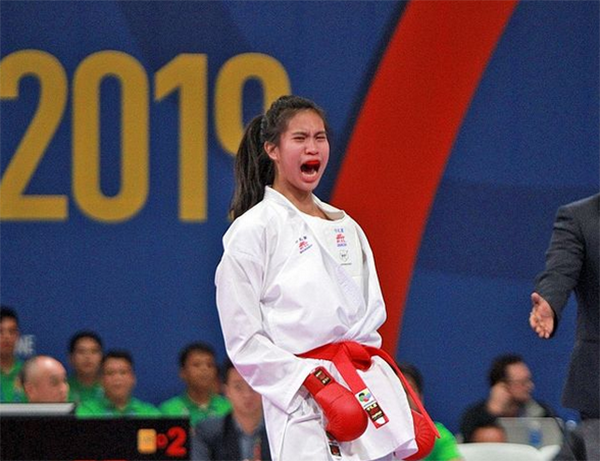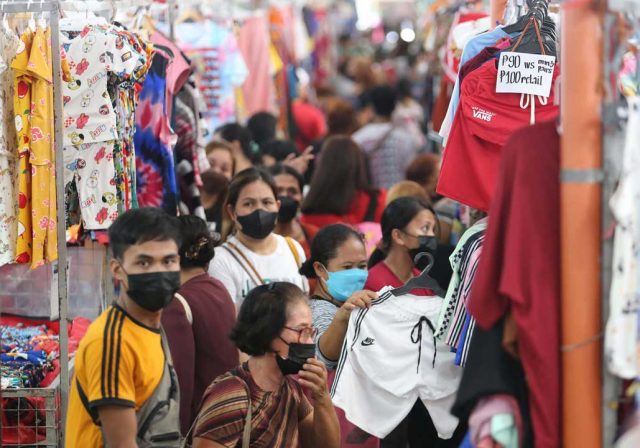Bautista, Santos open Ayala PHL Athletics Championship in style
By winning two golds each including the 100m dash
By John Bryan Ulanday
BAGUIO CITY — National team mainstay Clinton Bautista and hometown hero Katherine Khay Santos ran away with two gold medals apiece to open the Ayala Philippine Athletics Championships in style at the Athletic Bowl here on Thursday.
Mr. Bautista, the Tarlac pride, and Baguio’s own Ms. Santos juggled two duties but still stamped their classes over their rivals highlighted by supremacy in the centerpiece 100m sprint to emerge as the fastest man and woman in the country’s first trackfest amid the pandemic.

A known hurdles master, Mr. Bautista finished the men’s century dash in 10.86 seconds before staple long jumper Ms. Santos extended her brilliance on the track by clocking in 12.61 seconds to rule the distaff side.
Mr. Bautista also dominated the 110m hurdles, which he won in the 2019 Southeast Asian Games (SEAG), in 14.42 seconds while Ms. Santos leapt for 6.06 meters in long jump to stun four-time SEAG champion and national record holder Marestella Torres-Sunang.
Impressive was Ms. Santos’ twin-gold medal feat via Herculean fashion after reigning supreme in 100m run and long jump only 45 minutes apart.
Ms. Santos ruled the field with a 6.06-m long jump tally only on her first attempt — compared to Ms. Sunang’s same mark on fourth try — before transferring to the track, with little to no breather, for another glory much to the awe of the good-sized Baguio crowd.
“It’s a surreal feeling to compete in a place where it all started, back when it was still soil. It’s my hometown so it’s all worth it with the support of my family and friends,” said the University of Baguio stalwart, who previously won a long jump bronze medal in the 2011 SEAG.
Ms. Santos’ stellar campaign pushed her into strong consideration for a national team comeback with this event organized by the Philippine Athletics Track and Field Association (PATAFA) serving as a performance trial for the 31st SEAG next year in Vietnam.
Other first-day gold medal winners were Melissa Escoton (women’s 100m hurdles), Janry Ubas (men’s long jump), Edwin Giron (men’s 800m), Bernalyn Bejoy (women’s 800m), John Albert Mantua (men’s discus throw), Daniella Daynata (women’s discus throw), Frederick Ramirez (men’s 400m) and Junel Gobotia (men’s 3000m steeplechase).








